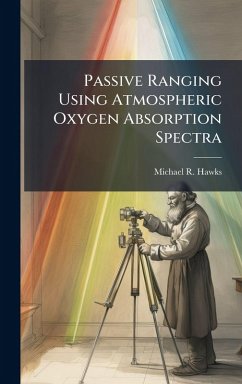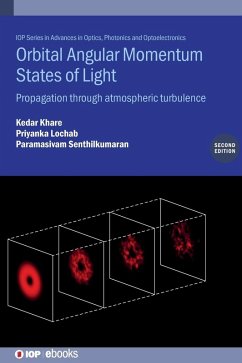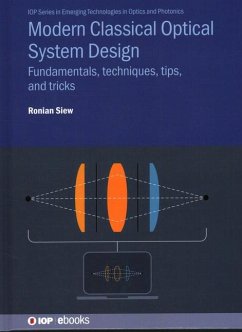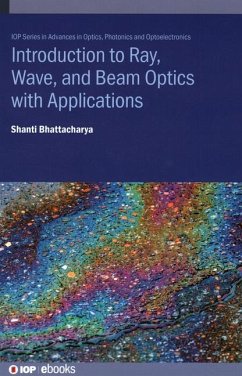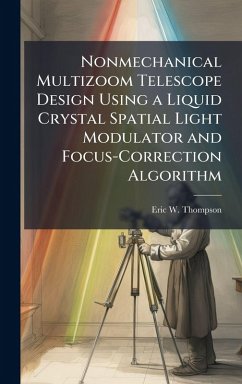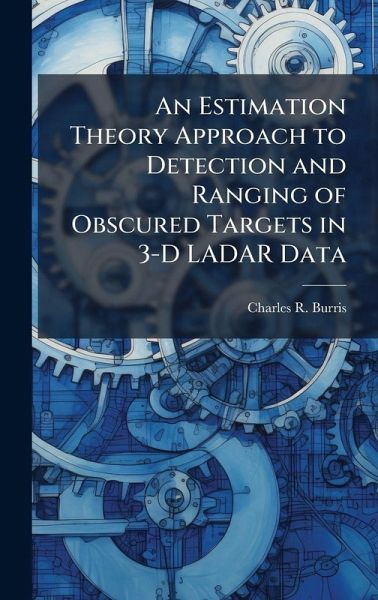
An Estimation Theory Approach to Detection and Ranging of Obscured Targets in 3-D LADAR Data
Versandkostenfrei!
Versandfertig in über 4 Wochen
28,99 €
inkl. MwSt.
Weitere Ausgaben:

PAYBACK Punkte
14 °P sammeln!
The purpose of this research is to develop an algorithm to detect obscured images in 3-D LADAR data. The real data used for this research was gathered using a FLASH LADAR system under development at AFRL/SNJM. The system transmits light with a wavelength of 1.55 micrometers and produces 20 128 X 128 temporally resolved images from the return pulse separated by less than 2 nanoseconds in time. New algorithms for estimating the range to a target in 3-D FLASH LADAR data were developed. Results from processing real data are presented and compared to the traditional correlation receiver for extract...
The purpose of this research is to develop an algorithm to detect obscured images in 3-D LADAR data. The real data used for this research was gathered using a FLASH LADAR system under development at AFRL/SNJM. The system transmits light with a wavelength of 1.55 micrometers and produces 20 128 X 128 temporally resolved images from the return pulse separated by less than 2 nanoseconds in time. New algorithms for estimating the range to a target in 3-D FLASH LADAR data were developed. Results from processing real data are presented and compared to the traditional correlation receiver for extracting ranges to the target. This research shows that the algorithms presented are capable of distinguishing two surfaces separated by only 40 inches using real data. This work has been selected by scholars as being culturally important, and is part of the knowledge base of civilization as we know it. This work was reproduced from the original artifact, and remains as true to the original work as possible. Therefore, you will see the original copyright references, library stamps (as most of these works have been housed in our most important libraries around the world), and other notations in the work. This work is in the public domain in the United States of America, and possibly other nations. Within the United States, you may freely copy and distribute this work, as no entity (individual or corporate) has a copyright on the body of the work. As a reproduction of a historical artifact, this work may contain missing or blurred pages, poor pictures, errant marks, etc. Scholars believe, and we concur, that this work is important enough to be preserved, reproduced, and made generally available to the public. We appreciate your support of the preservation process, and thank you for being an important part of keeping this knowledge alive and relevant.



